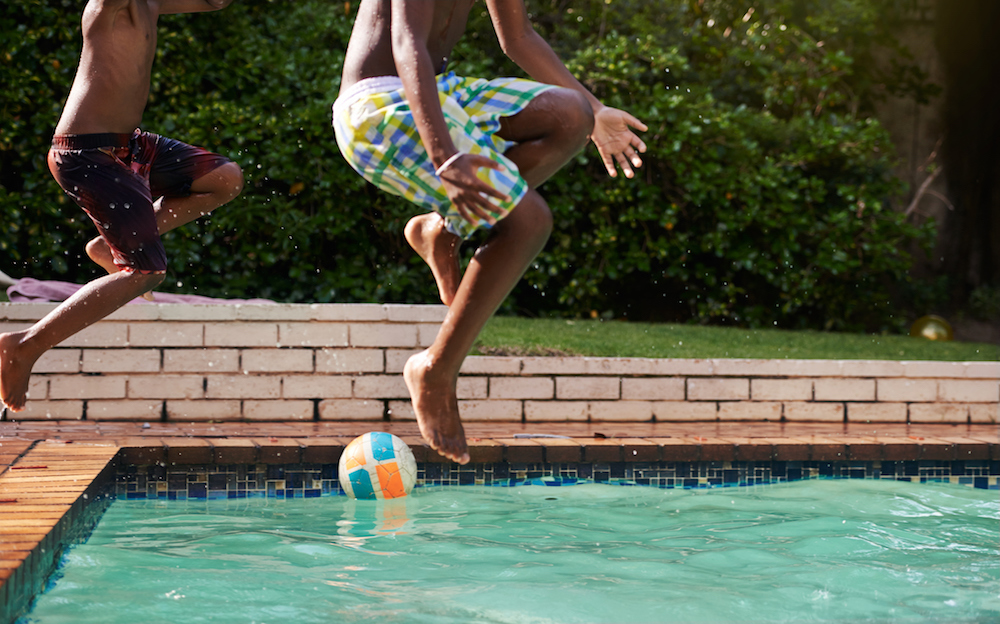Topics

Image Source
We’re officially out of summer and into autumn! Labor Day marked the closing of most neighborhood pools and water parks until next year, but swim season in Houston is far from over. In fact, the summer heat will linger for many more weeks. Thankfully, home pools never close. Even though home pools and spas are a wonderful way to beat the Houston heat, they’re not free of danger.
Drowning is the most common cause of injury-related death in children ages 1 to 4, and the majority of these submersion fatalities happen in home swimming pools.
Consider these alarming statistics:
- Drowning is the second most common cause of injury-related death in children ages 1 to 14, only behind motor vehicle crashes.
- In the United States, 945 children die each year from drowning.
- Texas had 74 childhood drowning cases this year, as of August 2018.
How do we keep our children safe around home pools?
Close supervision
- For infants and toddlers, we recommend “touch supervision.” This means the child should always be within arm’s reach of an adult while in and around home pools and spas.
- For older children, an adult should be constantly paying attention to pool activity – completely free from distractions.
- Designate a “water watcher.” This person is responsible for keeping their eyes on all children in and around the water. Everyone should know who this person is, and the job should be passed around every 15 to 30 minutes to avoid “watching fatigue” and distraction.
Pool fences
- A pool fence should be at least 4 feet tall and surround the entire pool/spa.
- Other deterrents, including pool alarms and door alarms, can be beneficial when used in conjunction with a pool fence, but don’t rely on them as a solitary protection method.
Swimming lessons
- Swimming lessons for children older than 12 months have shown to decrease drowning rates.
- If your child is exposed to a pool regularly at home or somewhere you visit, consider starting swimming lessons as soon as they are developmentally ready.
- Swimming lessons do not make a child “drowning-proof,” and don’t replace the need for close supervision at all times.
CPR training
- Starting CPR quickly is proven to significantly increase survival rates.
- If you’re not already CPR-certified, consider searching for classes/programs near you. This training is invaluable, especially if you’re regularly in the presence of children.
Lastly, if a child is suddenly missing at a residence/facility with a pool or spa, always check there first.
If you’re interested in learning more about Texas Children’s Center for Childhood Injury Prevention, click here.


